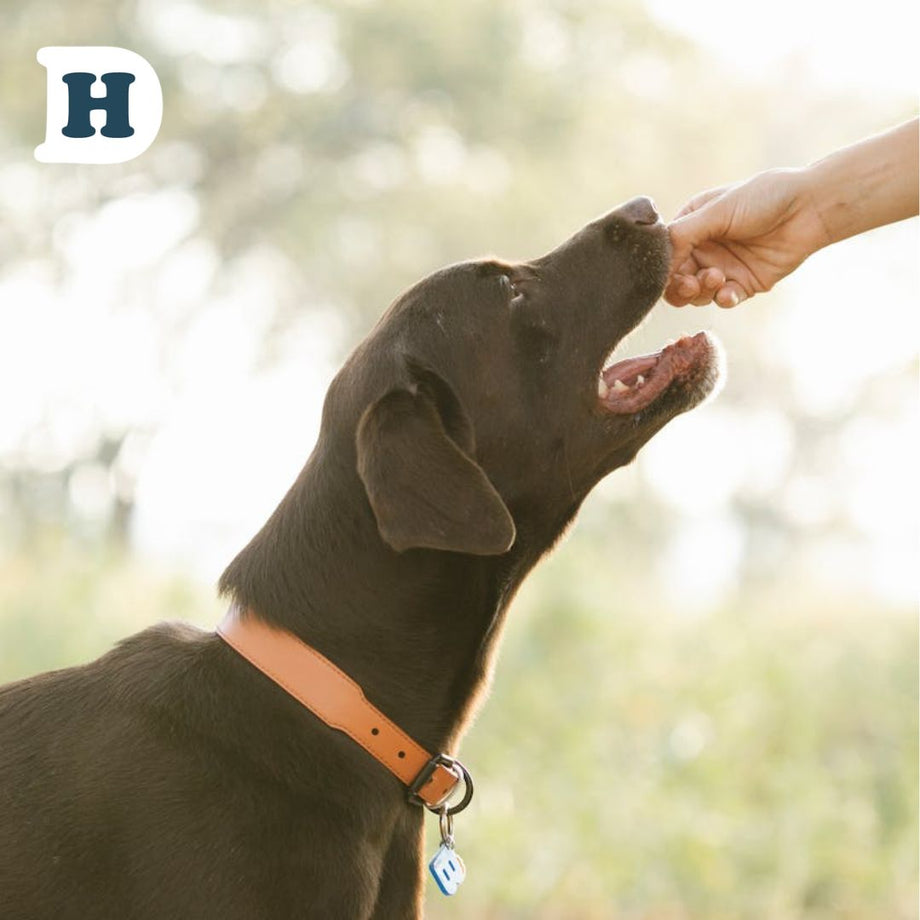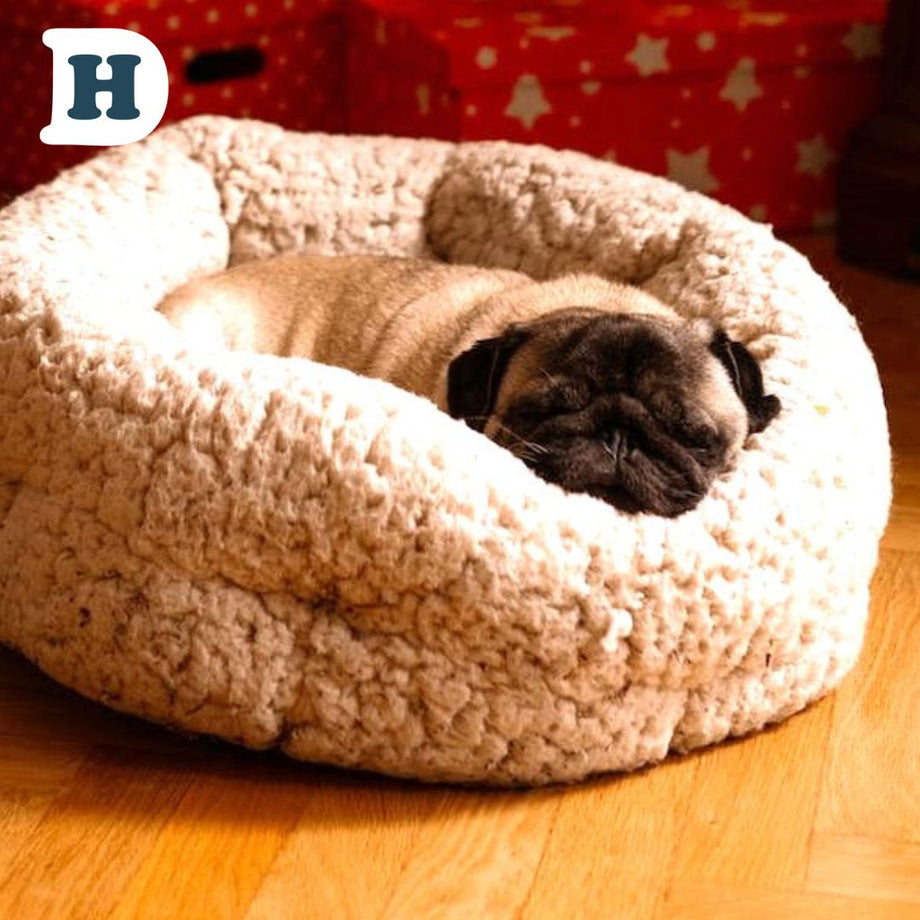
What is the purpose of Anal glands in Dogs?
Anal glands, also known as anal sacs, are small, sac-like structures located on either side of a dog's anus. They secrete a strong-smelling fluid that has a unique odour and is used by dogs for communication and marking their territory. The anal glands play several roles in dogs and are used for, scent marking and marking their territory. The scent from the anal glands contains information about a dog's identity, sex, age, and health, which can be detected by other dogs through their keen sense of smell.
Dogs use their sense of smell to gather information about their surroundings, including other dogs. Anal gland secretions are one way dogs communicate with each other and exchange information. For example, a dog may sniff another dog's anal gland secretions to gather information about their identity, health, or reproductive status.
During bowel movements, a small amount of the fluid from the anal glands is normally released along with the feces. This can help lubricate the feces, making it easier for the dog to pass stools. Another reason why diet plays a vital role in the health and well-being of your dog!
Dogs have a highly developed sense of smell and can recognize and identify other dogs and their surroundings based on scent cues. The anal gland secretions can provide dogs with important information about other dogs in their environment, helping them to identify familiar or unfamiliar individuals.
What are the Symptoms of full and uncomfortable Anal Glands in Dogs?
Anal gland problems are relatively common in dogs and can cause discomfort and other issues if left untreated. Here are some signs that your dog may have an issue with their anal glands:
-
Scooting or dragging their rear end: If your dog is scooting or dragging their rear end along the ground or on surfaces, it may be a sign that their anal glands are impacted or infected. Dogs often do this in an attempt to relieve discomfort or itching caused by anal gland problems.
-
Excessive licking or biting of the rear end: Dogs with anal gland issues may excessively lick or bite their rear end in an attempt to alleviate discomfort or irritation. This can result in redness, inflammation, and even skin infections around the anal area.
-
Foul small: Anal gland problems can produce a strong, unpleasant odour. If you notice a persistent foul smell coming from your dog's rear end, it could be an indication of anal gland issues.
-
Difficulty defecating: Dogs with impacted anal glands may have difficulty defecating or may strain during bowel movements. They may also produce loose stools or have diarrhea.
-
Discomfort or pain: Dogs with anal gland problems may exhibit signs of discomfort or pain, such as vocalisation, restlessness, or agitation when sitting or lying down.
-
Swelling or redness around the anal area: In some cases, anal gland problems may cause visible swelling or redness around the anal area. You may notice a lump or bump near the anus.
How do you prevent anal gland problems in dogs?
While some dogs may be more prone to anal gland problems due to their breed or individual anatomy, there are several steps you can take to help prevent or minimise the risk of anal gland issues in dogs.
The very best thing you can do to prevent problems is to provide your dog with an all natural, high quality dog food such as Man's Best and avoid cheap grains in food. Feeding your dog a healthy, balanced diet that is rich in fiber can promote regular bowel movements and help prevent constipation, which can be a contributing factor to anal gland problems. By Feeding your dog a high quality, premium dog food like Man's Best, you can minimise the risk of your dog displaying symptoms.
Regular exercise and physical activity can help promote healthy bowel movements and prevent constipation. Exercise can also help maintain muscle tone, which may aid in the natural expression of the anal glands during bowel movements.
Providing your dog with clean, fresh water at all times can help maintain proper hydration and promote normal bowel movements. Dehydration can lead to harder stools, which can contribute to anal gland issues.
Overfeeding can lead to weight gain and obesity, which can put extra pressure on the anal glands and increase the risk of anal gland problems. Follow the feed guide when you feed your hound to maintain a healthy body condition.
In healthy dogs and in 'normal' circumstances, anal glands in dogs are typically self-expressed during bowel movements. Frequent manual expression of anal glands by a non-professional can disrupt the natural balance of the glands and potentially lead to issues. Only have your dog's anal glands expressed by a qualified veterinary professional when necessary.
It's important to note that some dogs may still experience anal gland problems despite preventive measures, as factors such as genetics and individual anatomy can play a role.
If you notice any of these signs or suspect that your dog may have an issue with their anal glands, it's important to consult your veterinarian for an evaluation and appropriate treatment.
Your veterinarian can manually express the anal glands to relieve the issue or may prescribe medication if there is an infection. In some cases, recurrent or chronic anal gland problems may require more extensive treatment or dietary adjustments. It's always best to seek professional veterinary advice to ensure proper diagnosis and treatment for your dog's health and well-being.
©deliveryhound.com.au 2023







